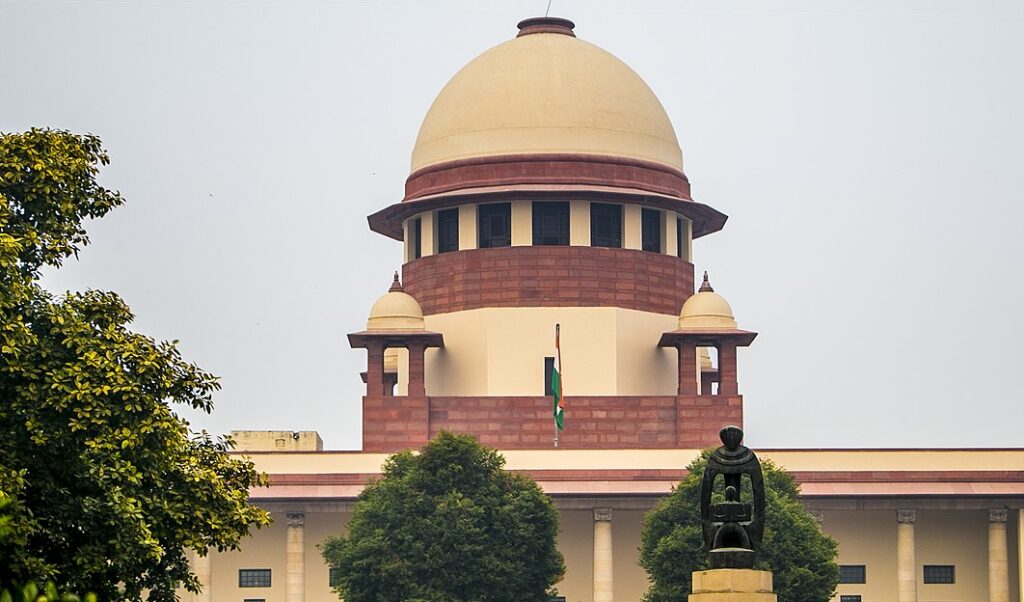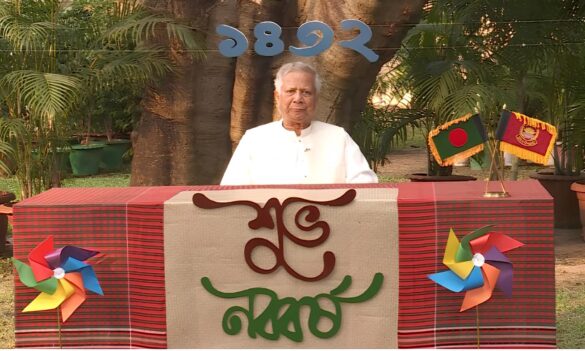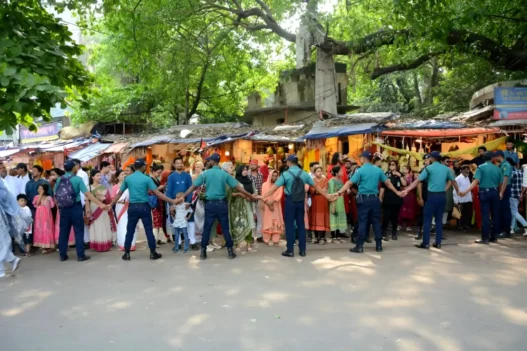In a recent hearing at the Supreme Court regarding the Assam illegal immigrants case, Senior Advocate Kapil Sibal, representing the respondents, delved into the task of tracing population shifts throughout Assam’s history. Sibal, according to a report, underscored the historical progression of Assam—from its origins as part of Myanmar to British rule and its post-partition connection with East Bengal.
The Supreme Court’s Constitution Bench, led by CJI Chandrachud and including Justices AS Bopanna, MM Sundresh, JB Pardiwala, and Manoj Misra, were tasked with evaluating the constitutional legitimacy of Section 6A Citizenship Act of 1955. During the proceedings, Sibal emphasised the historical integration of the Bengali population in Assam, contextualizing this integration within historical accounts. “History is deeply intertwined with the movement and migration of people and populations, a concept that cannot be accurately charted,” he noted, highlighting the challenge of determining the exact timeline of arrivals in Assam.
The crux of the dispute revolved around the perspective of native groups in Assam, contending that Section 6A has facilitated the influx of unauthorised immigrants from Bangladesh, significantly impacting the state’s demographic and cultural composition.
“Migration of people and populations is embedded in history and cannot be mapped. If you look at the history of Assam, you’ll realise that it is impossible to figure out who came when,” Sibal said during the hearing in the Supreme Court.
Sibal elaborated on Assam’s historical background, stating, “Assam was originally a part of Myanmar. It was way back in 1824 after the British conquered part of the territory that a treaty was entered into by which Assam was handed over to the British. You can imagine the kind of movement of people that might have taken place in the context of the then British Empire.”
To bolster his argument, Sibal drew on his family’s personal experience of displacement during the partition, emphasising the fundamental rights of all individuals, particularly those of Bengali ethnicity, to migrate within the country as they wish. He passionately contested the claim that these population shifts have disrupted the cultural core of Assam.
After considering all arguments, the Supreme Court on Thursday directed the Union Government to provide comprehensive data on the influx of illegal immigrants into Assam and other northeastern states post-25 March 1971. This directive is a crucial step in the thorough review process related to the contentious Section 6A, sparking intense discussions among various factions within Assam.
Assam CM asserts Assam was never part of Myanmar
Assam Chief Minister Himanta Biswa Sarma on Friday, refuted Rajya Sabha MP Kapil Sibal’s statement alleging that Assam was once part of Myanmar. Sarma emphasised that those unfamiliar with Assam’s history should refrain from commenting, stating, “Assam was never a part of Myanmar. There were clashes for a brief period. That was the only relation. Otherwise, I have not seen any data which stated that Assam was a part of Myanmar,” he stated.







